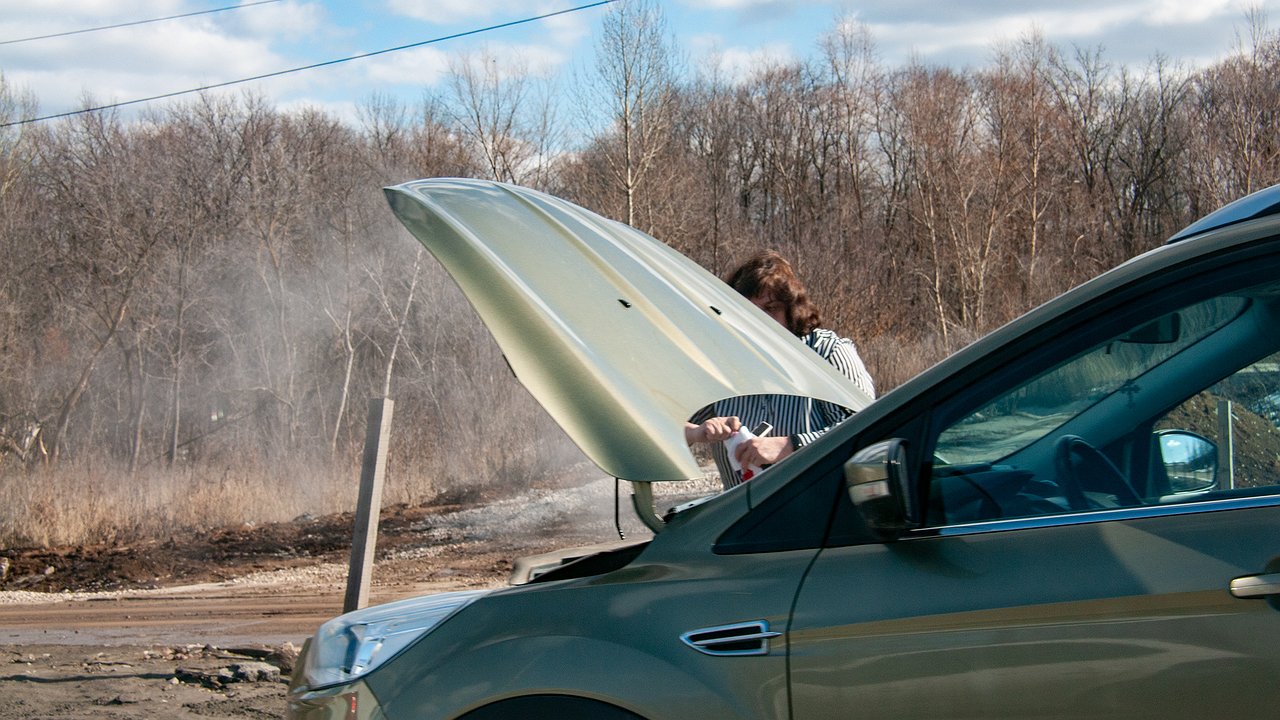When the driver can safely pour water into the expansion tank
- July 12, 2023
- 0
Summer is a hot time, even though it sometimes gives off coolness for a few days. A traffic jam on the outskirts of town can get cramped when
Summer is a hot time, even though it sometimes gives off coolness for a few days. A traffic jam on the outskirts of town can get cramped when

There are two opinions among drivers about water in the engine cooling system. Drivers with guards, having coped with the forced boom of the domestic auto industry, believe that this is not a crime, especially in the summer, when frosts are not expected. The younger generation, on the other hand, grew up with hard marketing, is convinced that there should not be a drop of H2O in the radiator, hoses, engine and expansion tank! In no way, never, under any circumstances. The elegance of the situation lies in the fact that both are wrong.
First, the water in the cooling system automatically leads to rust and corrosion, which eventually leads to repairs. The pump rusts, metal pipes rust, and the engine itself from the inside will not be happy with such a “part”. After all, modern antifreezes not only cool, but also protect and flush the system.
In addition, they also evaporate in traffic jams and during heat, but they do so much more slowly, so that you have to open the hood much less often and refill fresh coolant. In winter, of course, there is no question of water – when it freezes, everything bursts: from the expansion tank to the elements of the internal combustion engine.
The second part of the population, the wall behind antifreeze and antifreeze, claps standing. But in vain, because there is water in the system and it is not going anywhere. Every closed circuit gets its dose of condensate in one way or another. There is also water in the antifreeze itself, and it occasionally boils away, forcing the driver to top up the system. Yes, this is not very fast and an annual upgrade is usually sufficient, but the fact remains.
Moreover, if you do not have the right composition at hand to replenish the cooling system, you can and should simply take distilled water and add it. Nothing happens to the car in general and the engine in particular. An example is the railways, where only water is poured into diesel locomotives, because the systems are built in such a way that they have numerous leaks. By the way, that is why diesel locomotives are not turned off in winter – so that the water does not freeze.
Having received a “hit in the stomach” – the engine boils – in the most unexpected and inconvenient place, you can pour water into the system. The best option, we repeat, is distilled, but the one at hand will do. Another thing is that after returning from a trip, the system must be flushed with the same distillate, and then filled with a suitable coolant, anticipating oxidation processes. And we can safely put an end to that.

There are two opinions among drivers about water in the engine cooling system. Drivers with guards, having coped with the forced boom of the domestic auto industry, believe that this is not a crime, especially in the summer, when frosts are not expected. The younger generation, on the other hand, grew up with hard marketing, is convinced that there should not be a drop of H2O in the radiator, hoses, engine and expansion tank! In no way, never, under any circumstances. The elegance of the situation lies in the fact that both are wrong.
First, the water in the cooling system automatically leads to rust and corrosion, which eventually leads to repairs. The pump rusts, metal pipes rust, and the engine itself from the inside will not be happy with such a “part”. After all, modern antifreezes not only cool, but also protect and flush the system.
In addition, they also evaporate in traffic jams and during heat, but they do so much more slowly, so that you have to open the hood much less often and refill fresh coolant. In winter, of course, there is no question of water – when it freezes, everything bursts: from the expansion tank to the elements of the internal combustion engine.
The second part of the population, the wall behind antifreeze and antifreeze, claps standing. But in vain, because there is water in the system and it is not going anywhere. Every closed circuit gets its dose of condensate in one way or another. There is also water in the antifreeze itself, and it occasionally boils away, forcing the driver to top up the system. Yes, this is not very fast and an annual upgrade is usually sufficient, but the fact remains.
Moreover, if you do not have the right composition at hand to replenish the cooling system, you can and should simply take distilled water and add it. Nothing happens to the car in general and the engine in particular. An example is the railways, where only water is poured into diesel locomotives, because the systems are built in such a way that they have numerous leaks. By the way, that is why diesel locomotives are not turned off in winter – so that the water does not freeze.
Having received a “hit in the stomach” – the engine boils – in the most unexpected and inconvenient place, you can pour water into the system. The best option, we repeat, is distilled, but the one at hand will do. Another thing is that after returning from a trip, the system must be flushed with the same distillate, and then filled with a suitable coolant, anticipating oxidation processes. And we can safely put an end to that.
Source: Avto Vzglyad
Donald Salinas is an experienced automobile journalist and writer for Div Bracket. He brings his readers the latest news and developments from the world of automobiles, offering a unique and knowledgeable perspective on the latest trends and innovations in the automotive industry.